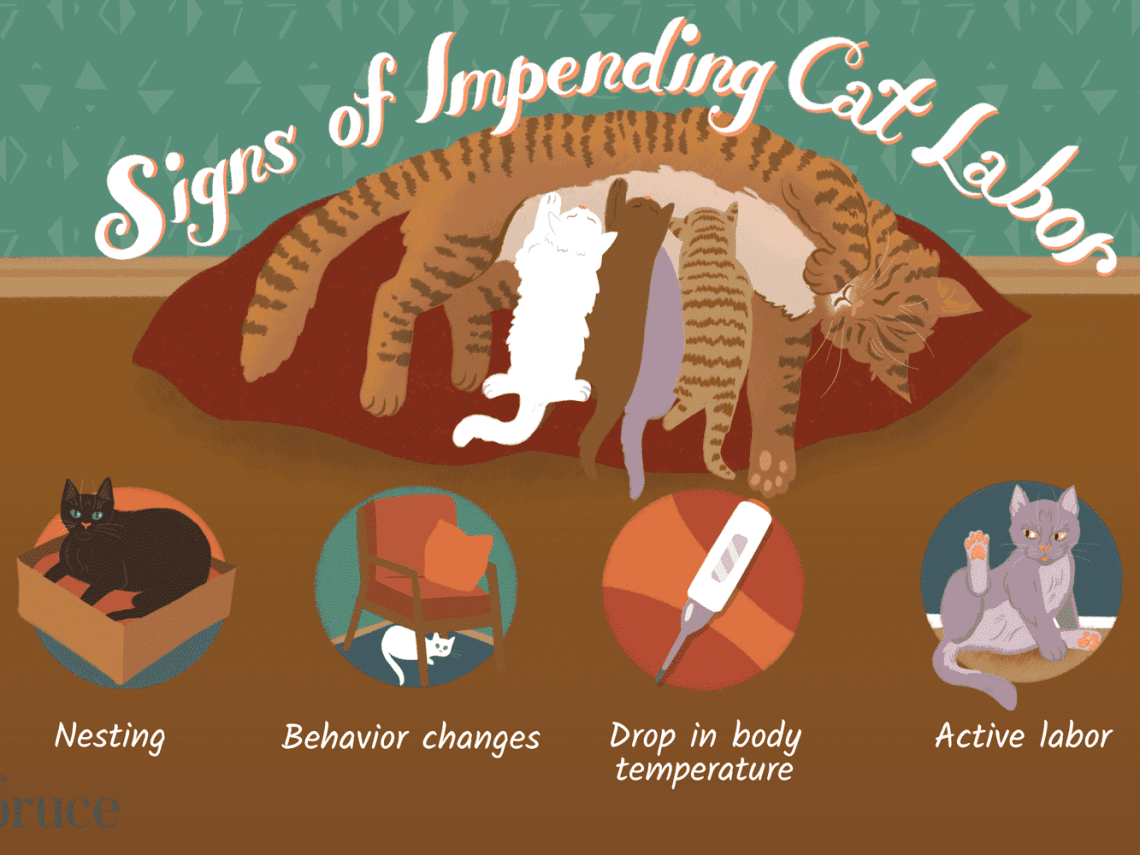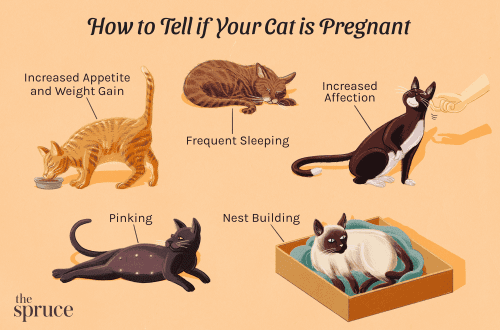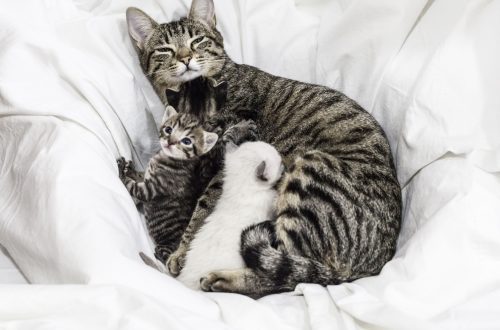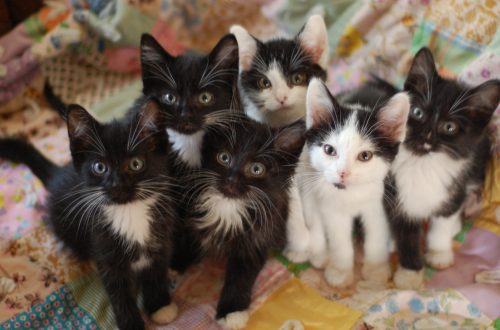
Childbirth in a cat: signs and process
Birthing nest for a cat
About a week before the birth, the expectant mother begins to look for a place to nest. It is better to equip it in advance in the most suitable place. To do this, you can use a cardboard box covered with a soft cloth, a cat bed, and the like. It is important that the nest is in a quiet place, away from hot batteries and drafts.
Signs of an upcoming birth in a cat
A day or two before delivery, milk may appear, which is easy to notice if you gently squeeze the nipple from the base to the tip.
Usually cats do not need the presence of a person during childbirth, but there are exceptions, so the owner must prepare for them in advance.
Childbirth
At the initial stage, the uterus begins to contract slightly, and its cervix opens slightly, but most often this stage goes unnoticed. The cat may become restless, interest in food falls, vomiting is not ruled out.
The first stage of labor (harbingers) in a cat lasts less than in a dog – it usually lasts several hours and is accompanied by searching for a nest, vocalization, walking in circles, and the “call” of the owner.
In the second stage, the kittens begin to move from the horns into the body of the uterus, and then out of it. At the same time, uterine contractions are well traced.
In the third stage, placentas appear. Kittens can appear not only head first, but also hind limbs, which is completely normal in both cases. But if more than one hour has passed since the start of strong attempts, and the kittens are still not visible, you should contact your doctor.
Most often, kittens are born in half an hour or an hour. It is possible to alternate the birth of kittens and the release of placentas, which are sometimes eaten by a cat.
In the intervals between the birth of babies, a cat can feed newborns. The amniotic sac, which usually envelops the kittens, is chewed by the mother, then stimulates respiratory activity by licking, and finally bites the umbilical cord.
If the cat does not have time to do all the manipulations with the kitten, the owner should help her and remove the amniotic sac from the baby’s head, and then wipe his mouth and nose with a soft cloth, making sure that the kitten has started screaming or breathing. Then you need to remove the remnants of the membrane from the body and cut the umbilical cord with a clamp and clean scissors (at a distance of about 2 cm from the abdomen).
If the cat does not lick the cubs by itself, they should be wiped dry with a towel and put to the mother. It is important to make sure that the umbilical cord does not wrap around the hind limbs of the kittens and that the cat does not leave her babies for a long time.
Cat after childbirth
Fresh water and food should be placed near the nest, although the cat may ignore them for up to a day, this is normal. Equally important is peace. A veterinarian is needed in the following cases:
After giving birth, the cat has no appetite for more than a day;
The cat has abandoned one or more kittens;
There is foul-smelling, purulent, or profuse bleeding;
One of the kittens is sick or dead;
There is weakness, lethargy, trembling of the limbs or head, diarrhea or vomiting.





